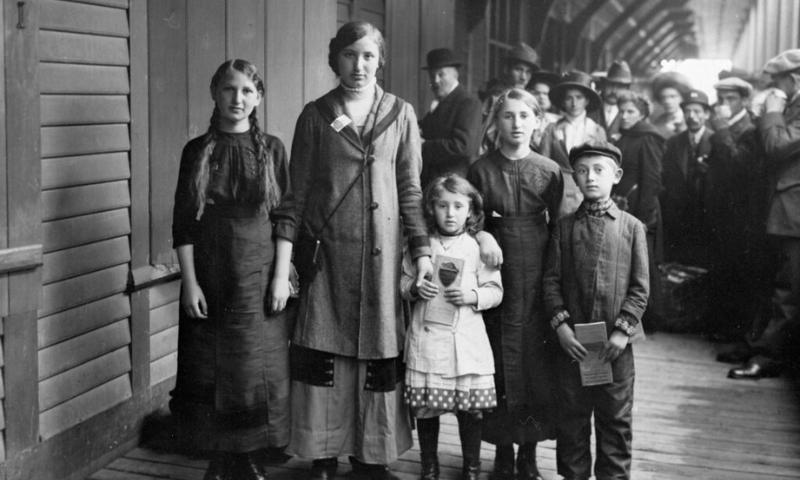Yisroel Medad
Fathom Journal, October 2021
“We are talking about one of the main Jewish collective community moments of the late 20th century.”
From 1962, when Matzot for Russia’s Jews for the upcoming Passover holiday were dumped on the pavement in front of the Soviet Mission in Manhattan to highlight the cruel restrictions facing their brethren, to the rally of American League for Russian Jews on 19 April 1964 at which Senator Kenneth B. Keating called for a nation-wide petition to be presented to then Soviet Prime Minister Nikita Khrushchev as a protest and remonstrance against anti-Jewish persecutions by the Soviet Union, demanding that the country’s Jews be able ‘to live as a Free People or let them leave the country’, to the 1 May 1964 first mass public demonstration initiated by the Student Struggle for Soviet Jewry and on to the many, many activities of other activist groups over the next three decades around the world, the Jewish people mobilised for a rescue mission unparalleled in modern times by any other national collective. Remarkably, very few books of insiders’ personal reminisces, rather than historical retellings, have been published.[1]
Communist Russia had suppressed the Jewish religion, its practices and the teaching of its values and theology from the beginning of the revolution. Jewish national identity was denied. Synagogues were closed as were Jewish schooling institutions. And all this was accompanied by persecution and punishment. Josef Stalin had pursued anti-Semitic policies such as the so-called Doctors’ Plot. Beginning in the late 1950s and early 1960s, cognizance of this situation began to move Jewish organisations to react but the methods were of the ‘quiet diplomacy’ category. From 1964 on, a strong, imaginative and persistent grassroots activist movement developed, mainly in the United States and England that rallied Jews, non-Jews, politicians and human rights groups to struggle on behalf of Soviet Jewry, foremost their right to their Jewish identity and the right to immigrate if they desired.
The memoirs of that time include Open Up the Iron Door, published by Rabbi Avi Weiss. Morris Brafman, who founded the American League for Russian Jews, and highlighted the term ‘repatriation’, published In Pursuit of Freedom and From Moscow to Jerusalem: The Dramatic Story of the Jewish Liberation Movement. Phil Spiegel’s book was Triumph over Tyranny and Nancy Rosenfeld wrote Unfinished Journey. A Second Exodus: The American Movement to Free Soviet Jews was edited by Murray Friedman and Albert Chernin. And, of course, there was the book that lit the fire, Elie Weisel’s 1966 The Jews of Silence describing his Fall 1965 trip to Russia. Its admonishment, ‘What torments me most is … the silence of the Jews I live among today’ became the call to mobilise and confront the Soviets. … Source


